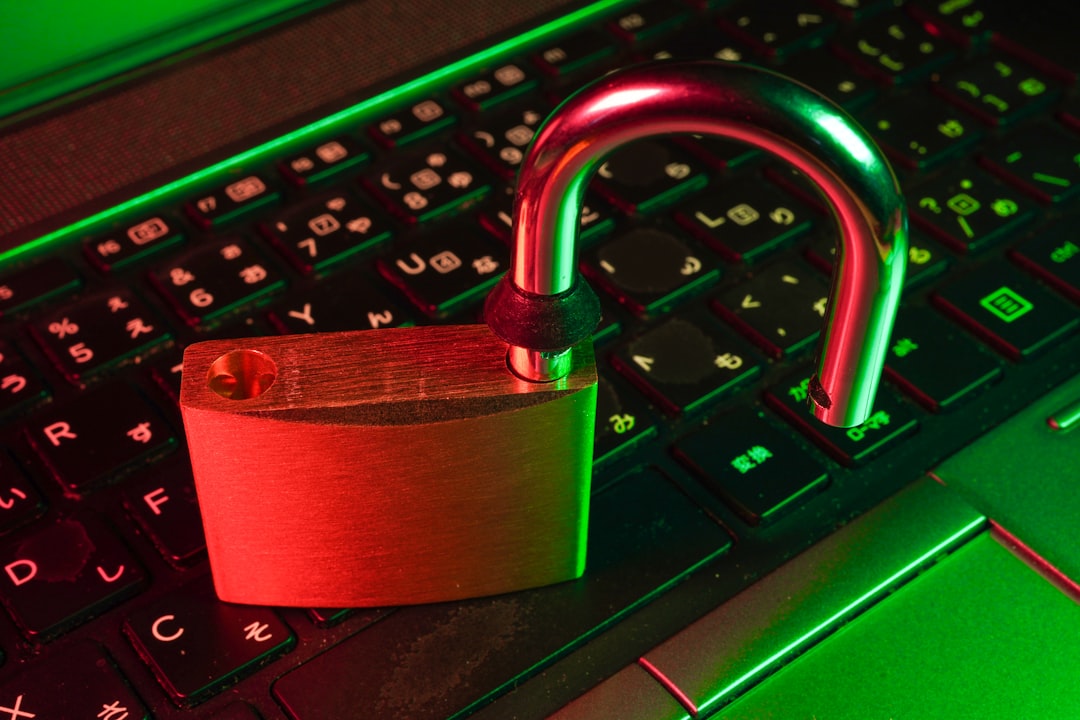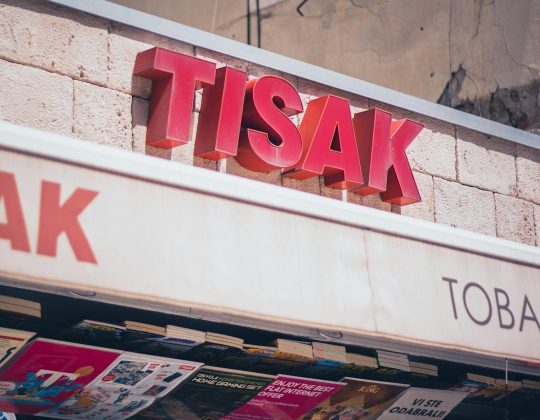In the rapidly evolving digital ecosystem, email deliverability continues to be a critical concern for organizations aiming to communicate effectively with their audiences. By 2025, ensuring your marketing emails land in the inbox—not the spam folder—demands more than just good writing or compliant list acquisition. The evolving landscape of email authentication standards, regulations, and user expectations has made this domain increasingly complex. Technologies and protocols like DMARC, BIMI, and others are now prerequisites for sustainable email marketing efforts.
The Current State of Email Deliverability
Deliverability today involves far more than getting a “sent” status. It’s about whether your emails are trusted by mailbox providers like Gmail, Outlook, and Yahoo, and whether users engage with them. Technical protocols, domain reputation, content quality, and user behavior all contribute to how your messages are treated.
The landscape in 2025 reflects heightened security concerns, increased automation from email service providers, and a greater push for transparency and sender accountability. This has placed more emphasis on comprehensive authentication frameworks than ever before.
Understanding DMARC: Authority Over Your Domain
DMARC (Domain-based Message Authentication, Reporting, and Conformance) has become the gold standard for email authentication. It builds on SPF (Sender Policy Framework) and DKIM (DomainKeys Identified Mail) by:
- Verifying that the sender is authorized to send on behalf of the domain
- Instructing recipients on how to handle unauthenticated messages
- Providing detailed reports about messages that fail authentication
As of 2025, most major mailbox providers are enforcing stricter policies. Domains that do not implement DMARC with a “reject” or “quarantine” policy are at a disadvantage, likely seeing degraded email delivery performance.
Why is DMARC essential? Not only does it prevent spoofing and phishing attempts, but it also allows brand owners to gain visibility into how their domains are being used—and abused—across the email ecosystem.
BIMI: Showcasing Brand Trust Visually
BIMI (Brand Indicators for Message Identification) has gained significant traction as visual trust indicators become more important. BIMI allows organizations to display their official logo alongside authenticated emails in compatible inboxes. It rests squarely atop DMARC enforcement, meaning you’ll need to have a DMARC policy in place for BIMI to work.
As psychological studies point to visual brand recognition being pivotal in trust, BIMI directly appeals to this principle. Organizations adopting BIMI in 2025 are not only improving deliverability but enhancing legitimacy and engagement rates.

BIMI adoption has grown largely due to increasing support among mailbox providers, such as Gmail and Apple Mail. With optimized logo visibility, senders report increases in open rates and perceived brand trustworthiness.
The Role of MTA-STS and TLS Reporting
While DMARC and BIMI are often top-of-mind, advanced measures like MTA-STS (Mail Transfer Agent Strict Transport Security) and TLS-RPT (Transport Layer Security Reporting) are becoming vital in 2025.
These protocols aim to enhance the security of emails in transit by:
- Ensuring emails sent to your domain are encrypted during transport
- Giving domain owners visibility into failed or downgraded TLS connections
In an age where man-in-the-middle attacks and SMTP downgrade threats are rampant, implementing MTA-STS is not optional for highly regulated industries such as finance and healthcare.
Domain Reputation: The Invisible Score That Matters
Even with flawless technical implementation, your domain reputation could be sabotaging your deliverability efforts. Internet Service Providers (ISPs) score your domain based on a range of factors, such as:
- Bounce rate
- Spam complaint rate
- Volume of outbound emails
- User engagement (opens, clicks, deletions)
Maintaining a clean list and using a warming strategy for new IPs or domains is more critical than ever in 2025. Machine learning algorithms at ISPs make real-time decisions about whether your emails deserve inbox placement based on this behavioral data.
Zero-Trust Email Architecture and AI Monitoring
In the spirit of heightened cybersecurity, many email administrators are adopting what’s known as a Zero Trust Email Architecture. This approach assumes that no email or system interaction is inherently trustworthy. Every authentication check, link click, and attachment is subject to scrutiny.
Machine learning and AI-driven solutions aid this effort by detecting anomalies and behaviors across massive datasets. These tools look beyond simple impersonation attempts and dive deep into nuanced patterns that might indicate fraud or phishing.

Implementing AI-based monitoring systems grants organizations a layered defense strategy that evolves with the threat landscape. In 2025, it’s not about if you’re getting attacked—it’s about how early you can detect it.
Regulations and Legal Compliance: A Higher Bar
The email governance landscape continues to tighten with regulations such as GDPR, CAN-SPAM, and newer local laws being enforced with greater rigor. In 2025, additional territories—including several African and Southeast Asian nations—have introduced their own stringent data privacy and electronic communication laws.
This makes compliance more complex, requiring businesses to:
- Obtain granular, verifiable user consent
- Provide unambiguous opt-out mechanisms
- Maintain detailed data protection records
Failing to comply not only jeopardizes deliverability but puts you at legal risk—including heavy fines and reputational damage. Staying abreast of regulatory developments must be part of your email strategy.
Futuristic Email Authentication Mechanisms
Experts foresee the development of even more robust authentication solutions beyond current protocols. Future innovations may include:
- Cryptographic Identity Tokens: Dynamic sender validation using blockchain or public-key tokens
- Biometric Email Access: AI-selected biometric triggers for sensitive outbound email workflows
- Quantum-resilient Encryption: Stronger, futureproof encoding against quantum computer decryption
While many of these are still in research or early adoption stages, being aware of what’s on the horizon helps organizations position themselves proactively for a dramatically more secure and credible email presence.
Best Practices to Maintain Deliverability in 2025
Restrictive filters, intelligent algorithms, and evolving tech stacks mean that email marketers and IT professionals must embrace a holistic strategy. Consider these best practices for email deliverability success:
- Setup DMARC, SPF, and DKIM completely and correctly
- Adopt a policy of least privilege for sending domains
- Use BIMI for verified brand presence
- Monitor inbox placement and domain health constantly
- Segment and personalize content to increase user engagement
- Stay compliant with global privacy laws
These measures reinforce long-term trust and integrity, ensuring your messages reach their intended recipients consistently and securely.
Conclusion
Email remains a cornerstone of digital communication, yet it demands a level of sophistication and diligence in 2025 that far surpasses the standards of years past. Authentication protocols like DMARC and BIMI have matured into essential tools, while domain reputation, encryption protocols, and compliance frameworks all play a part in whether your emails are welcomed—or discarded.
Organizations that elevate their practices, invest in security, and embrace data-driven insights will set themselves apart in a crowded digital landscape. In the end, trust—verified, visible, and reinforced—is the ultimate currency of modern email.







